Human shields are increasingly used in modern conflicts, exposing civilians and other protected persons to high risk of death and injuries. Using human shields is a violation of international humanitarian law and a war crime under the 1998 Rome Statute of the International Criminal Court and customary international law.
What, exactly, are human shields, and what types of shields do we encounter within war zones? How should a warring party react when confronted by enemy combatants who hide behind civilians? Does volunteering to become a human shield to stop state violence constitute a humane or inhumane act? Does international law prevent or facilitate the use of lethal violence against vulnerable people?
In their recently published book ‘Human Shields: A History of People in the Line of Fire’ (University of California Press, August 2020), Neve Gordon and Nicola Perugini describe the use of human shields in key historical and contemporary moments across the globe. Recounting incidents of human shielding over a span of 150 years while looking at how the laws of armed conflict have dealt with the phenomenon, the authors explain when, why, and how certain manifestations of violence come to be conceived as humane while others are perceived as immoral. This is timely and most relevant for current work on how to address the rising challenge of human shields.
Summary
Moderator: Tobias Vestner, Head of the Security and Law Programmme at the Geneva Centre for Security Policy
Human Shields are increasingly used in modern conflicts, exposing civilians and other protected persons to high risk of death and injuries. This makes this topic incredibly relevant. There are a lot of questions worth asking about human shields: legal questions, questions of civilian protections, questions about military engagement, and ethical questions.
Prof. Neve Gordon, Professor of Human Rights and the Politics of Humanitarian Law at Queen Mary University of London
There are different types of human shields, and while voluntary and involuntary shields are already established in international law, in their new book we establish a third type: proximate shields. Proximate shields are civilians that are defined as shields and framed as shields because of their proximity to key locations and people, but who were neither coerced nor volunteered to be shields. The reality of urban warfare, and an increase of strategic urban placements of commands, headquarters and key military facilities means that a lot of civilians are in close proximity to the non-state actors that desire shielding. These proximate shields made up around 95% of the human shield cases we found in their research.
We cannot approach the law without interpretation as the law is always open to interpretation. This means that dominant actors’ interpretation of the law shapes legal practice, meaning that they use it for their benefit. The accusation of using human shields is often simply a legal strategy as a justification for the targeting of urban spaces and civilians. Usually the claim is that human shielding is the weapon of the weak, but this idea is turned on its head because of this.
While changing the law is important, we need to start thinking beyond the law. We need to start targeting certain symptoms, the violence itself, and the asymmetric power relations that create war. Gordon says: “The law alone will not set us free”.
Dr Nicola Perugini, Senior Lecturer in International Relations at the University of Edinburgh
The dilemma of human shields has little to do with the acts of human shielding, but rather with how civilians and civilian spaces are framed as human shields even when they are not aware of their own shielding qualities. Human shield framing has become a legal strategy to justify military engagements with otherwise off-limit targets because they also affect innocent civilians. Civilians are being framed as human shields in order to be ‘justly’ killed as human shields: the production and destruction of human shields coincides. The problem does not lie in the law itself, but with the abuse of the law for personal gain. There is a part of the law which provides a series of exceptions to human shields, granting permission to target them.
The solution to this would be a reform of the international law about human shields. What is needed is the prohibition of the use and targeting of human shields, without any exceptions. However, in order for this to succeed, this requirement for reform needs to be addressed on a broader scale and through a broader political effort. This includes the abolition of certain tendencies of state actors hypocritically engaging in their own forms of terror to supposedly fight terror. Another required solution would be to avoid war in civilian and urban areas, because these areas render the framing of and benefit of proximate human shields unavoidable.
There are situations of asymmetry in which the use of human shields appears more frequently. Certain actors do not use them, the majority of dominant state actors fight in the battlefield from thousands of miles away, meaning that they oftentimes do not enter the conditions that would allow for the use of human shielding. Additionally, war for these dominant actors is often about demonstrating that they are the superior and humane actor, and so the use of human shields would defeat the purpose. On the other hand, the framing of the other warring party as the inhumane enemy who uses human shields reinforces the point of its inferiority to the dominant actor.
This is timely and most relevant for current work on how to address the rising challenge of human shields
Disclaimer: The views, information and opinions expressed in this digital product are the authors’ own and do not necessarily reflect those shared by the Geneva Centre for Security Policy or its employees. The GCSP is not responsible for and may not always verify the accuracy of the information contained in the digital products.
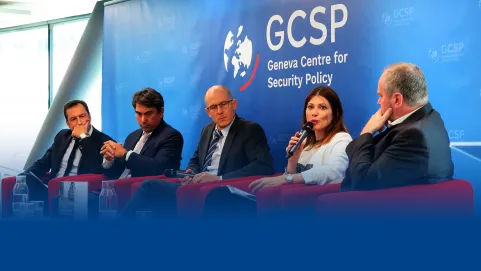 Security and Law Webinar: Human Shields - A History of People in the Line of Fire
">
Security and Law Webinar: Human Shields - A History of People in the Line of Fire
">
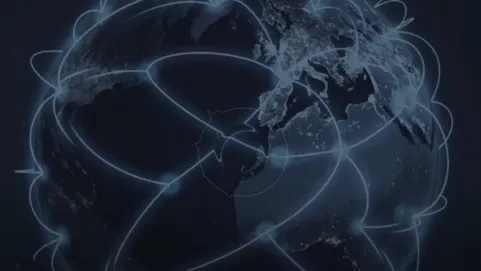 Security and Law Webinar: Human Shields - A History of People in the Line of Fire
">
Security and Law Webinar: Human Shields - A History of People in the Line of Fire
">
 Security and Law Webinar: Human Shields - A History of People in the Line of Fire
">
Security and Law Webinar: Human Shields - A History of People in the Line of Fire
">
 Security and Law Webinar: Human Shields - A History of People in the Line of Fire
">
Security and Law Webinar: Human Shields - A History of People in the Line of Fire
">
 Security and Law Webinar: Human Shields - A History of People in the Line of Fire
">
Security and Law Webinar: Human Shields - A History of People in the Line of Fire
">
 Security and Law Webinar: Human Shields - A History of People in the Line of Fire
">
Security and Law Webinar: Human Shields - A History of People in the Line of Fire
">
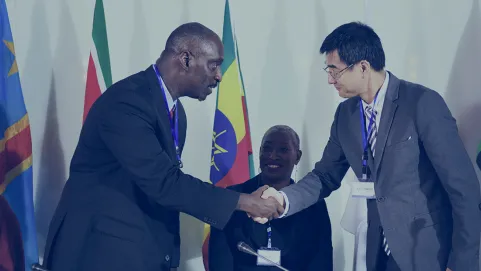 Security and Law Webinar: Human Shields - A History of People in the Line of Fire
">
Security and Law Webinar: Human Shields - A History of People in the Line of Fire
">
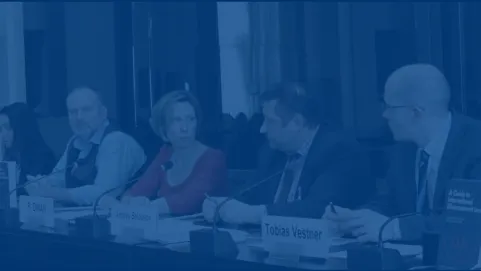 Security and Law Webinar: Human Shields - A History of People in the Line of Fire
">
Security and Law Webinar: Human Shields - A History of People in the Line of Fire
">
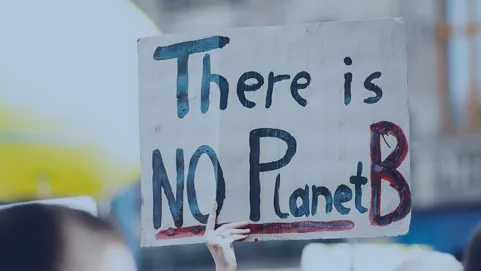 Security and Law Webinar: Human Shields - A History of People in the Line of Fire
">
Security and Law Webinar: Human Shields - A History of People in the Line of Fire
">
